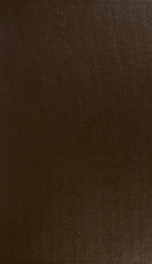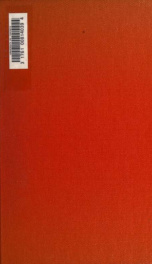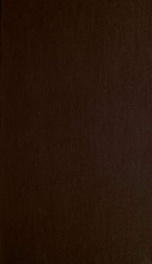The ear region in Xenarthrans ( = Edentata: Mammalia) Fieldiana, Geology, new series, no. 18

This report is the first of two planned works detailing the descriptive and comparative anatomy of the xenarthran ear region (basicranium and its immediate surrounds, including middle ear, but not the inner ear). The study was begun by Patterson and Segall in 1945 and continued actively well into 1955, and only fitfully by Patterson thereafter. This part, "Cingulates," covers a representation of the Cingulata (= Loricata), including dasypodoids (Utaetus group, Priodontes group, Dasypus group, Euphractus group, Peltephilus group, and Chlamytherium group) and glyptodontoids. In all, details are given for 10 living and 15 extinct species. The anatomical details largely support most accepted views of cingulate systematic relationships; there are few surprises. It is confirmed that the pampatheres have a decidedly glyptodont-like basicranium, and it is noted that Bordas had stressed this same point in 1939b paper Includes bibliographical references (p. 43-45) This report is the first of two planned works detailing the descriptive and comparative anatomy of the xenarthran ear region (basicranium and its immediate surrounds, including middle ear, but not the inner ear). The study was begun by Patterson and Segall in 1945 and continued actively well into 1955, and only fitfully by Patterson thereafter. This part, "Cingulates," covers a representation of the Cingulata (= Loricata), including dasypodoids (Utaetus group, Priodontes group, Dasypus group, Euphractus group, Peltephilus group, and Chlamytherium group) and glyptodontoids. In all, details are given for 10 living and 15 extinct species. The anatomical details largely support most accepted views of cingulate systematic relationships; there are few surprises. It is confirmed that the pampatheres have a decidedly glyptodont-like basicranium, and it is noted that Bordas had stressed this same point in 1939b paper Fieldiana series has been published as Geological Series by Field Columbian Museum (1895-1909) and Field Museum of Natural History (1909-1943), and as Fieldiana: Geology by Chicago Natural History Museum (1945-1966) and Field Museum of Natural History (1966-1978). Fieldiana Geology New Series No. 1 began June 29, 1979
Info about the book
Author:
Series:
Unknown
ISBN:
0226094782
Rating:
3/5 (3)Your rating:
0/5
Languge:
English
Users who have this book
Users who want this book
What readers are saying
What do you think? Write your own comment on this book!
write a commentif you like The ear region in Xenarthrans ( = Edentata: Mammalia) Fieldiana, Geology, new series, no. 18 try:
Other books by this author
Do you want to read a book that interests you? It’s EASY!
Create an account and send a request for reading to other users on the Webpage of the book!









